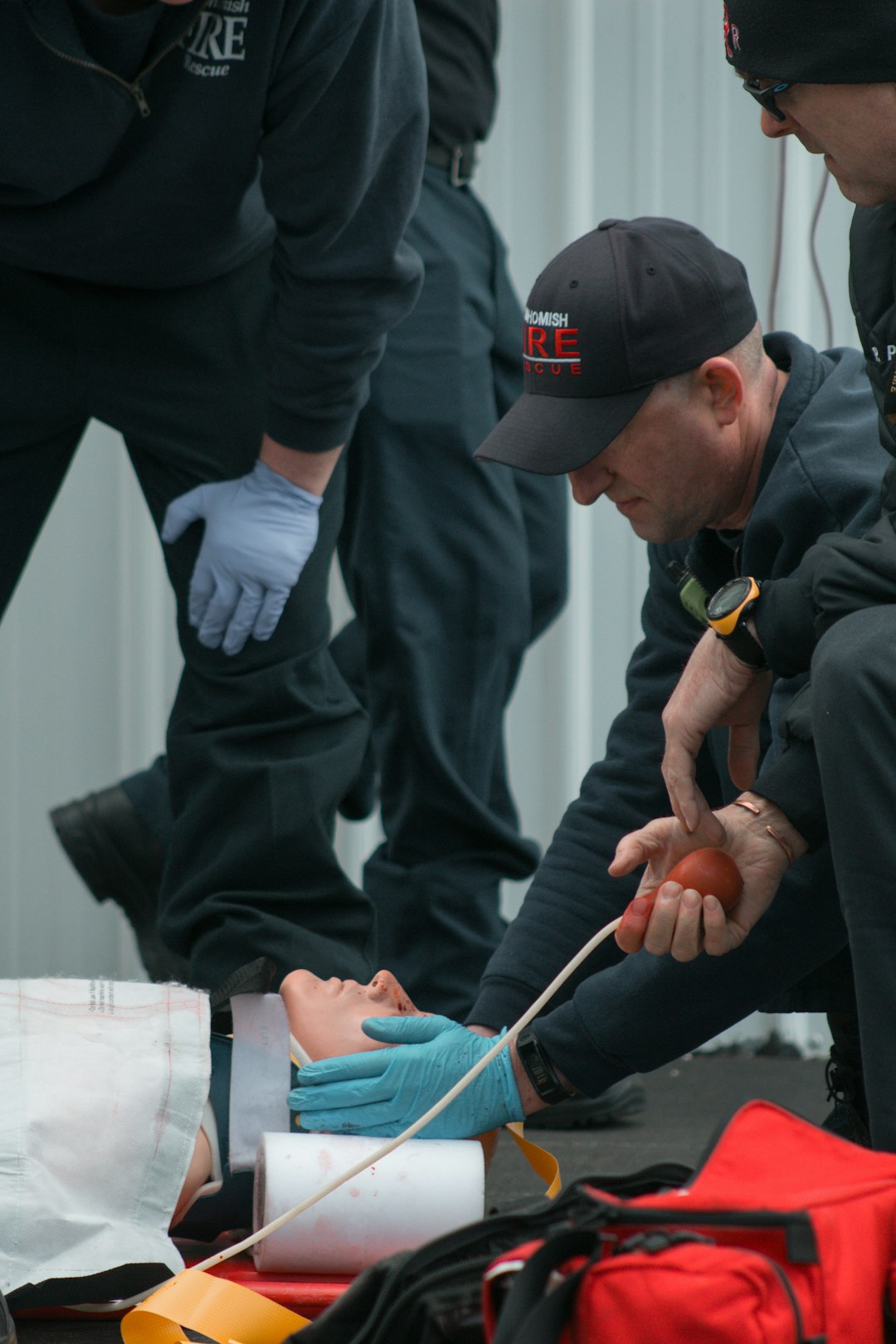
Installing a UHF radio in your vehicle can significantly enhance your communication capabilities, especially when travelling in remote areas. Understanding the installation process is crucial for ensuring optimal performance and reliability. This article provides practical insights into the steps and considerations involved in setting up a UHF radio system in your vehicle.
Firstly, selecting the right location for your UHF radio is vital. The radio unit should be easily accessible to the driver, yet positioned in a way that doesn’t obstruct other controls. Common installation spots include under the dashboard or on the centre console. It is important to ensure that the chosen location allows for easy viewing and operation without causing any distractions.
The next step involves mounting the antenna, which is a critical component of the UHF radio system. The antenna should be installed as high as possible on the vehicle to maximise signal reception. Roof racks or bull bars are popular mounting locations, but it is essential to ensure that the antenna is securely fastened to avoid any damage during travel. Additionally, the length and type of the antenna should match the radio’s specifications to achieve the best performance.
Once the physical components are in place, the wiring process begins. Proper wiring is crucial for the safe and effective operation of the UHF radio. It is recommended to connect the radio directly to the vehicle’s battery to ensure a stable power supply. This also reduces the risk of electrical interference from other vehicle systems. Make sure to use quality cables and connectors to prevent any potential power issues.
An often overlooked aspect of uhf radio installation is grounding. Proper grounding is essential for minimising interference and ensuring clear communication. This involves connecting the radio’s ground wire to the vehicle chassis, which helps in reducing electrical noise. Poor grounding can lead to static and poor signal quality, which can be frustrating when trying to communicate.
Testing the system is the final step in the installation process. After all components are installed and connected, it’s crucial to conduct a thorough test of the radio system. This involves checking the radio’s power, transmission, and reception capabilities. Make sure to test the system in different locations and conditions to ensure it works effectively. Adjustments may be necessary to optimise performance.
For those unfamiliar with the technical aspects, consulting a professional or referring to online resources can be beneficial. Websites like Commex offer valuable information and services related to UHF radio installations, providing guidance tailored to your specific needs.
In conclusion, installing a UHF radio in your vehicle requires careful planning and attention to detail. By selecting the right location for the radio unit, properly mounting the antenna, ensuring correct wiring and grounding, and thoroughly testing the system, you can enjoy reliable communication on your travels. Whether you’re an avid off-roader or simply want to stay connected during long drives, a well-installed UHF radio can be an invaluable tool.






